“Excluding AI-generated works from copyright protection threatens the foundations of American creativity, innovation, and economic growth.” – Professors’ SCOTUS Amicus Brief
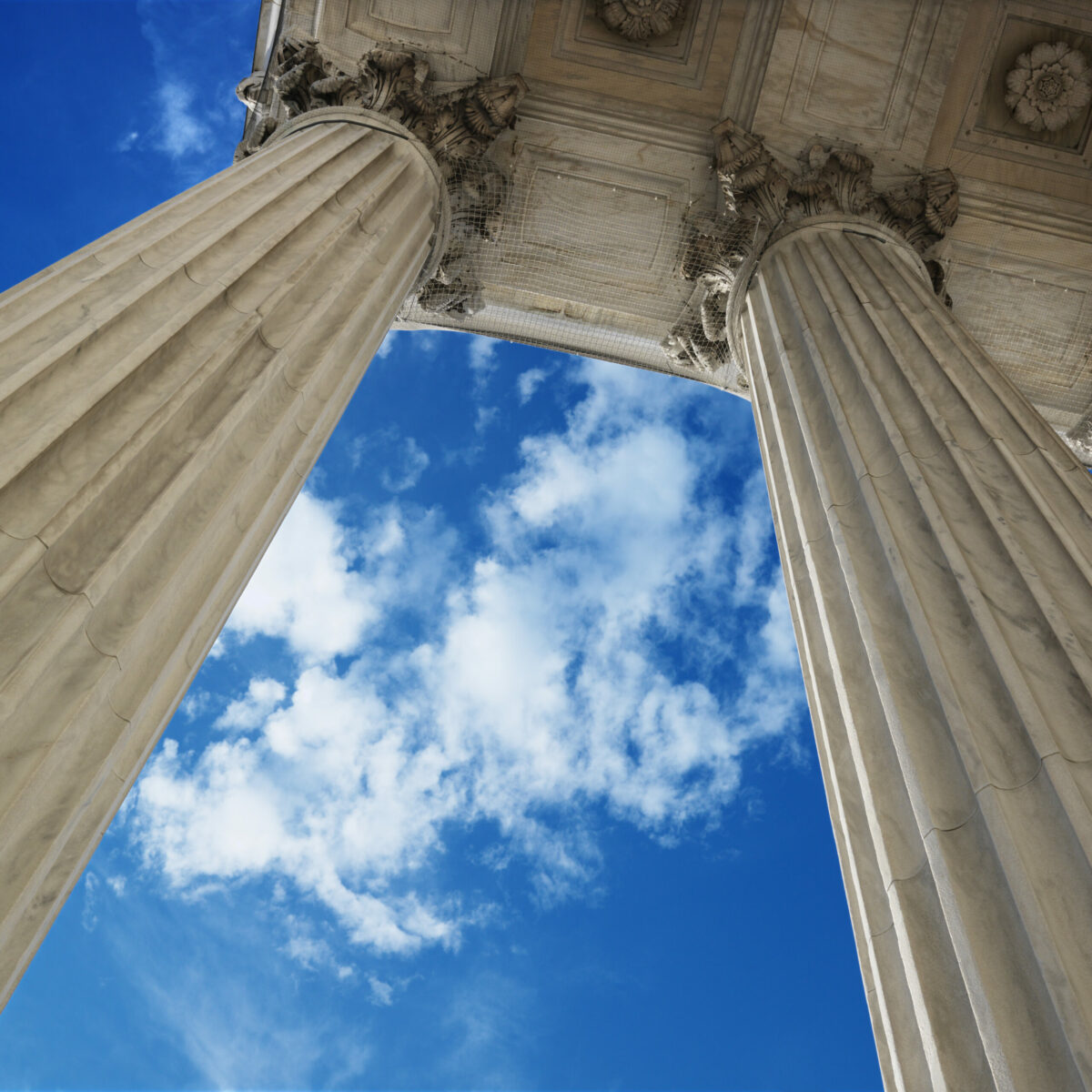 On Friday, October 31, Professors Shlomit Yanisky-Ravid, Lawrence Lessig and a number of other professors and researchers filed an amicus brief with the U.S. Supreme Court in support of Dr. Stephen Thaler’s petition for a writ of certiorari in Thaler v. Perlmutter, urging the Court to grant certiorari and recognize copyright protection for works generated by artificial intelligence (AI).
On Friday, October 31, Professors Shlomit Yanisky-Ravid, Lawrence Lessig and a number of other professors and researchers filed an amicus brief with the U.S. Supreme Court in support of Dr. Stephen Thaler’s petition for a writ of certiorari in Thaler v. Perlmutter, urging the Court to grant certiorari and recognize copyright protection for works generated by artificial intelligence (AI).
The brief argued that “excluding AI-generated works from copyright protection threatens the foundations of American creativity, innovation, and economic growth,” warning that the lower court’s interpretation, which requires human authorship, disregards the “spirit of the Copyright Act.”
Dr. Stephen Thaler has been seeking copyright protection for “A Recent Entrance to Paradise,” a work generated by his AI system, the Creativity Machine, after the U.S. Copyright Office refused registration because the work lacked human authorship. Thaler’s petition for a writ of certiorari argued that the Copyright Office has “ambiguously deemed humanity as the sine qua non of copyright, when this Court has explained the only sine qua non is originality.” It cautioned that if consistently enforced, the Office’s interpretation “would spell the end of copyright protection for many photographs and other works created with technological assistance.”
On October 31, Thaler also filed a letter requesting that the Court hold consideration of his petition pending the resolution of Blanche v. Perlmutter and Trump v. Slaughter. Blanche v. Perlmutter concerns whether U.S. Copyright Office Director Shira Perlmutter, a named respondent in Thaler’s case, should continue in her position following her removal by the Trump administration, while Trump v. Slaughter addresses the authority to remove Federal Trade Commission (FTC) Commissioner Rebecca Slaughter, with oral arguments scheduled for December 8.
The case also presents “an opportunity for the Court to restore legal clarity and reaffirm its constitutional authority to interpret ambiguous statutes after Loper Bright [Enterprises v. Raimondo], ensuring that administrative agencies do not constrain creativity through overreach,” the amicus brief argued. Moreover, recognizing authorship and protection for AI-generated works, whether through the work-made-for-hire doctrine or comparable frameworks, would align copyright law with its constitutional purpose.
Highlighting the economic stakes, the amicus brief cited U.S. Chamber of Commerce data showing that core copyright industries contributed $3.37 trillion to the U.S. GDP in 2023, employed approximately 21.14 million people, and paid wages about 50% higher than the average American wage.
Likewise, corporate AI adoption continues to grow, with 78% of global respondents using AI in at least one business function, representing a 23% increase from 2023. Meanwhile, the broader use of AI improves efficiency in technical development and graphic design by 30 to 40%, said the brief.
Generative AI could dramatically reshape the creative economy, with McKinsey estimating its total value in the U.S. to be between $2.6 trillion and $4.4 trillion, and Goldman Sachs projecting a 7% boost to global GDP. In September 2025, Goldman Sachs further noted that AI’s economic impact may have been understated by $115 billion.
The amicus brief argued that the lower court’s interpretation, following the Copyright Office’s “sufficient human authorship” guidelines, fosters legal uncertainty and disincentivizes innovation. According to the brief, the guidelines are unworkable, and to date, no U.S. case has granted copyright for AI-generated works despite substantial human contribution. An example provided in the brief included Allen v. Perlmutter, where over 600 prompts demonstrating creative control were deemed insufficient, and in Thaler’s own case, in which his design and training of the AI system were also found to be inadequate.
Omitting AI-generated works from copyright protection could disproportionately impact individual creators and small businesses, thereby worsening inequality, the amicus brief highlighted. The adoption of AI has helped many small businesses enhance productivity in areas such as data analysis and marketing. Copyright protection could also foster equity for artists with disabilities, providing tools that enable creative expression and monetization. As an example, the brief cited Sean Aaberg, an image designer who continued his career using generative AI after suffering a stroke.
The Supreme Court’s history of adapting copyright law to new technologies, as noted in the amicus brief, is exemplified by Burrow-Giles Lithographic Co. v. Sarony, in which the Court extended copyright protection to photographs, recognizing the photographer’s intellectual conception, even though a machine captured the image.
Similarly, the Court expanded protection to chromolithographs in Bleistein v. Donaldson Lithographic Co. and in Google LLC v. Oracle America, Inc., as it adapted the fair use doctrine to permit limited copying of software code to promote innovation. Just as “this Court has consistently broadened interpretation to embrace new technologies safeguarding artistic advancement” with photography and software, the brief argued the Court should once again do so for AI-generated works.
A comparative overview in the amicus brief noted that the United States is falling behind other jurisdictions that have already begun to recognize and protect AI-generated works. Without a clear path to copyright protection, the U.S. risks losing investment and creative talent to countries that offer more legal certainty, the brief warned.
Yanisky-Ravid, Lessig, and their co-authors are urging the Supreme Court to grant certiorari and clarify that AI-generated works can receive copyright protection. The Court’s decision, the amicus brief contended, will determine whether the U.S. maintains its leadership in AI-driven creative industries or cedes ground to jurisdictions that provide clearer protections.
Image Source: Deposit Photos
Image ID: 9522064
Author: iofoto

![[IPWatchdog Logo]](https://ipwatchdog.com/wp-content/themes/IPWatchdog%20-%202023/assets/images/temp/logo-small@2x.png)

![[Advertisement]](https://ipwatchdog.com/wp-content/uploads/2025/08/LexisNexis-Nov-11-2025-sidebar-700x500-1.jpg)
![[Advertisement]](https://ipwatchdog.com/wp-content/uploads/2025/10/DeepIP-Nov-18-2025-sidebar-700x500-1.jpg)



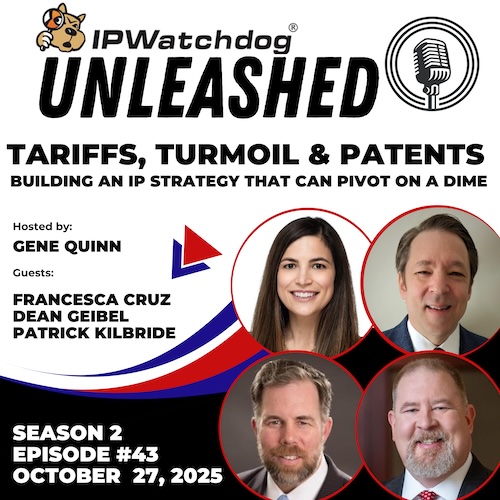
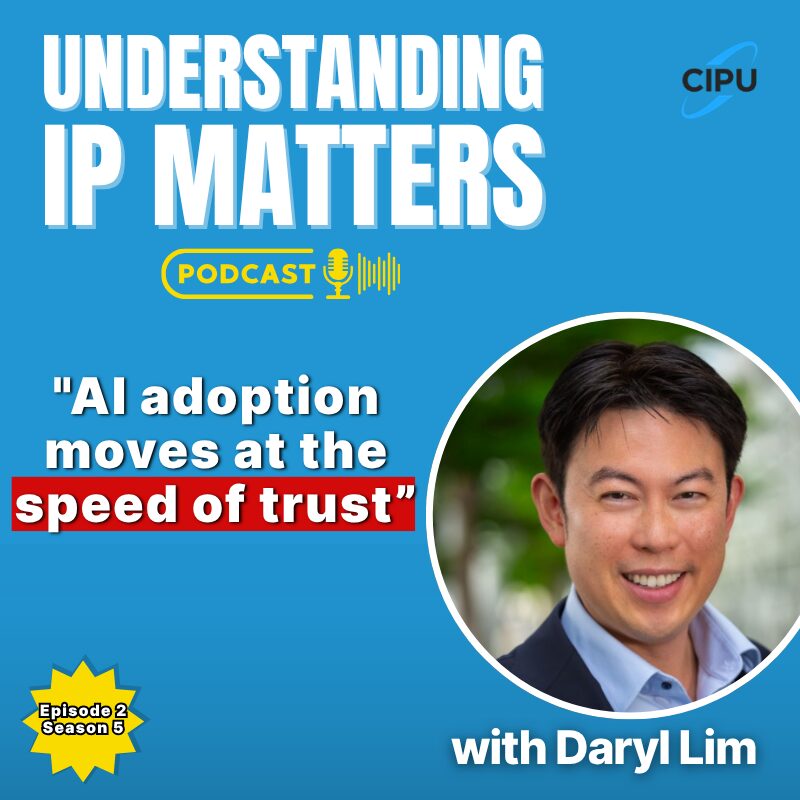
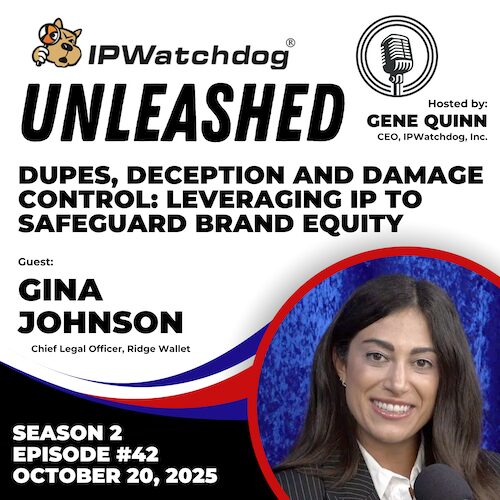
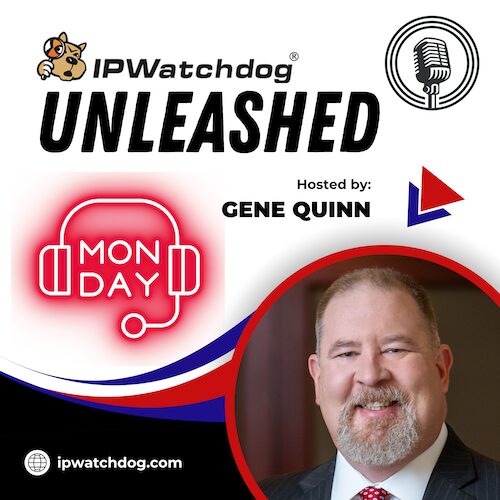
![[Advertisement]](https://ipwatchdog.com/wp-content/uploads/2021/12/WEBINAR-336-x-280-px.png)
![[Advertisement]](https://ipwatchdog.com/wp-content/uploads/2021/12/Ad-4-The-Invent-Patent-System™.png)


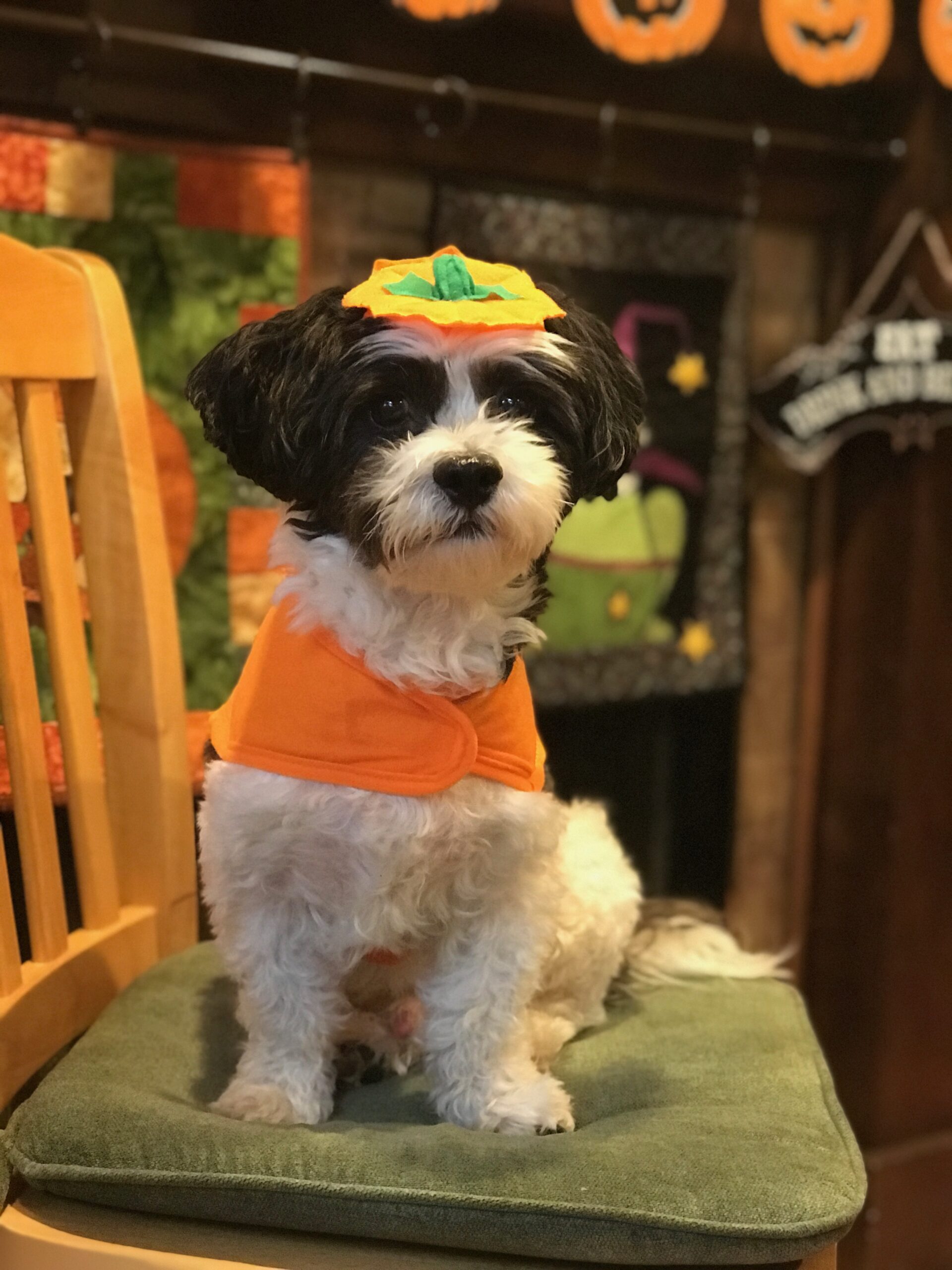
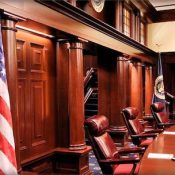
Join the Discussion
One comment so far. Add my comment.
Anon
November 3, 2025 07:31 pm“According to the brief, the guidelines are unworkable, and to date, no U.S. case has granted copyright for AI-generated works despite substantial human contribution.”
I give you: A Single Piece of American Cheese
https://petapixel.com/2025/02/12/this-is-the-first-ever-ai-image-to-be-granted-copyright-protection-a-slice-of-american-cheese/#:~:text=This%20is%20the%20First%2DEver,the%20individual%20AI%2Dgenerated%20segments.
Aside from that (instant) frailty, I am simply not going to bother with these Academics.
Add Comment